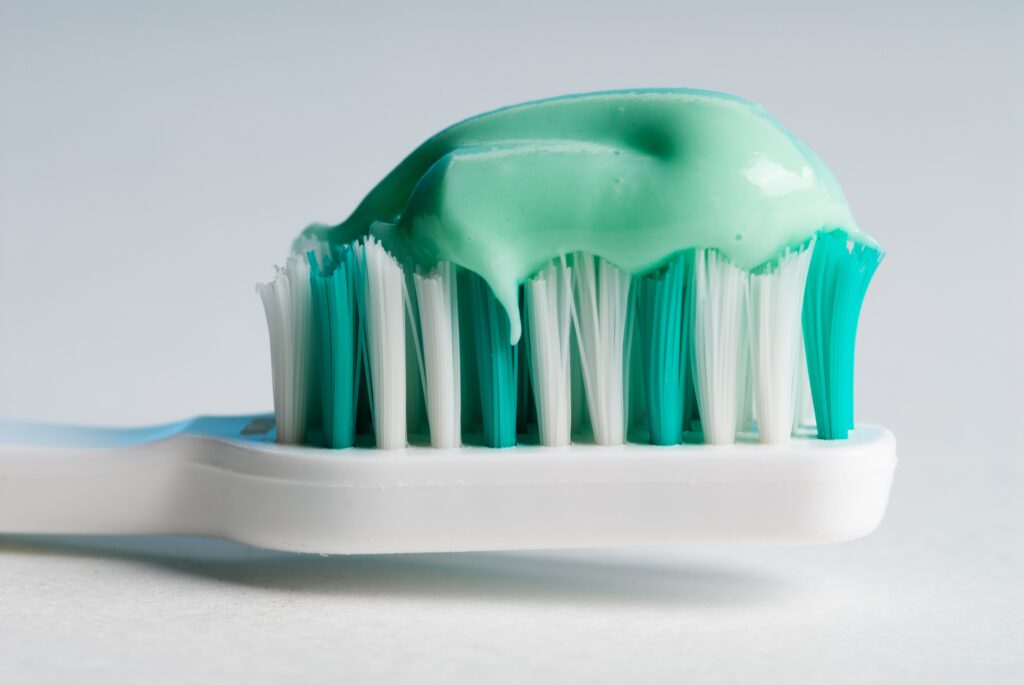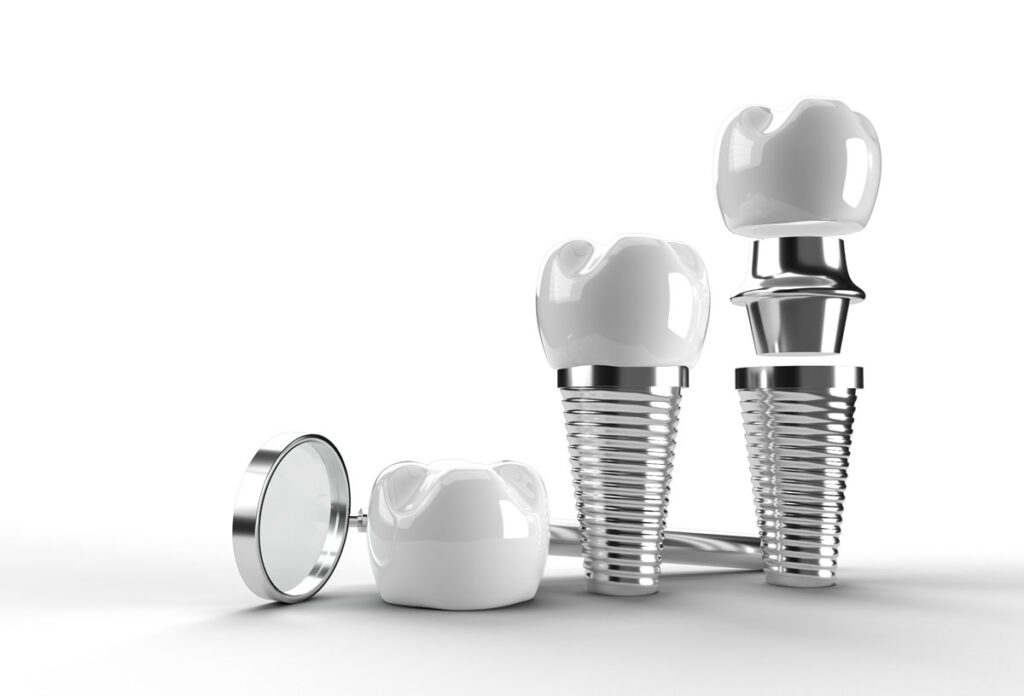Veneers are thin, custom-made, tooth-colored shells applied to the surface of teeth to improve their appearance or to repair small cracks. Lumineers are a specific brand of veneers that are approximately the thickness of a contact lens. Some people use these cosmetic procedures as a stain-proof, permanent whitening method, while others see them as relatively quick, comfortable substitutes for braces. While dental insurance companies often consider their placement as a strictly “cosmetic” procedure, several discount plans may offer a percentage off.
Traditional Veneers
Standard types of veneers require at least two appointments. They are approximately 0.5 mm thick, so the dentist must shave about 0.5 mm of enamel from each tooth’s surface before gluing on each permanent veneer with a light-activated adhesive. The patient is generally under anesthesia to better endure the painful process.
If a veneer is removed for some reason, the sensitive tooth must then be covered by some other material, and most insurance companies will not cover this follow-up procedure.
Lumineers
This veneer type can be 0.2-0.3 mm, about the thickness of a contact lens. They are made from a patented type of porcelain called Cerinate. While placement still takes at least two appointments, the process requires no anesthesia because the tooth’s surface does not need to be ground down before application. This also means a Lumineer can be more easily removed later. An oral specialist or cheap dentist must have a higher skill level to apply the incredibly thin Lumineers, and it may be more difficult to match the patient’s original tooth color to such thin porcelain.
Traditional veneers run about $500-$1,100 each. A set of traditional Lumineers is approximately $700-$1,300. People considering these procedures should be aware of potential added costs due to the intial consultation and x-rays. The work might be less expensive at a dentistry school, and low-income families might be eligible for assistance from state dentistry societies. While it could be difficult to find coverage for these procedures due to their “cosmetic” classification, a dental discount plan, an alternative to dental insurance, can help you save as much money as possible.







Save Money with <a herf="[Link deleted]Vista an all in one destination for Coupon Codes, Discount Codes and Pormo Codes for Saving Money On Your Online Shopping.
dr nalin agarwal is the Best Child Specialist in Noida.
he is the Best Pediatrician in Noida.
if you want to find child doctor near me in Noida then visit http://www.drnalinagarwal.com
very usefull blog post. thank you. take care of your dental health
[Link deleted]
please check <a href="[Link deleted]if you need an electric toothbrush